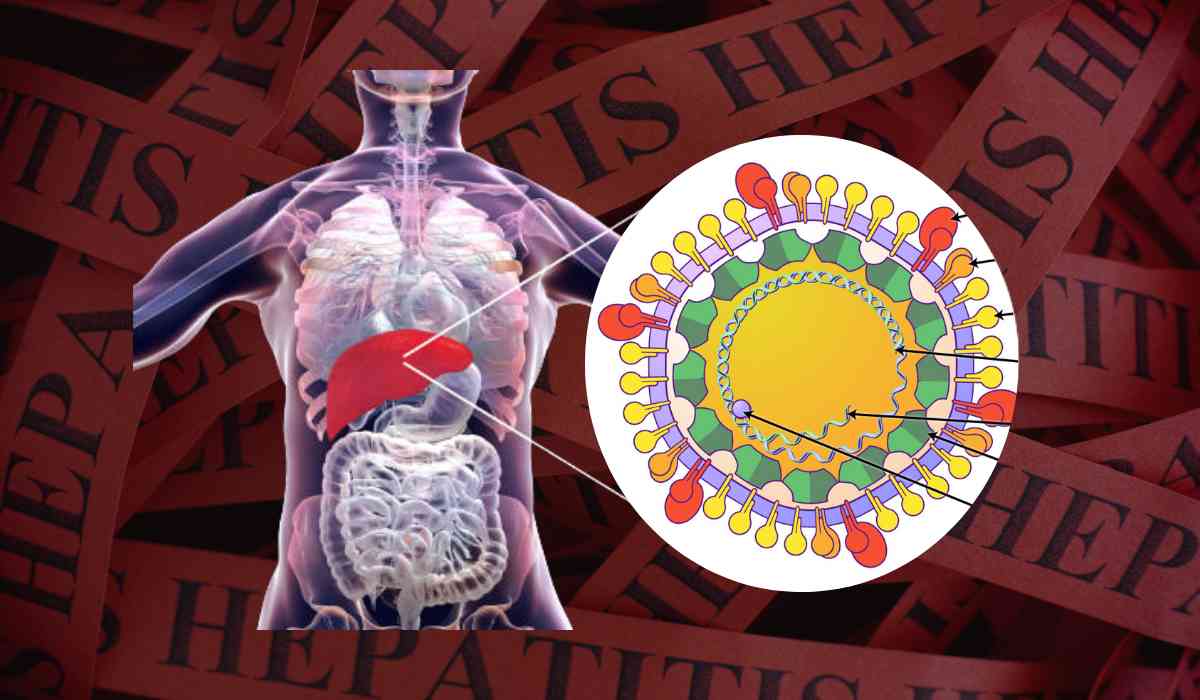Each day, a staggering 3,500 lives are lost worldwide to hepatitis B and C - two deadly viral infections attacking the liver. And despite modern vaccines and treatments, these unassuming killers tragically claim millions more lives every year. But what exactly is hepatitis? Simply put, it's inflammation of the liver, often caused by viral invasions or other invaders like toxins or autoimmune disorders. This critical health issue demands our attention, so let's explore these different viral hepatitis types, the risks they pose, their telling symptoms, and how we can fight back - all informed by the eye-opening 2024 Global Hepatitis Report from the World Health Organization.
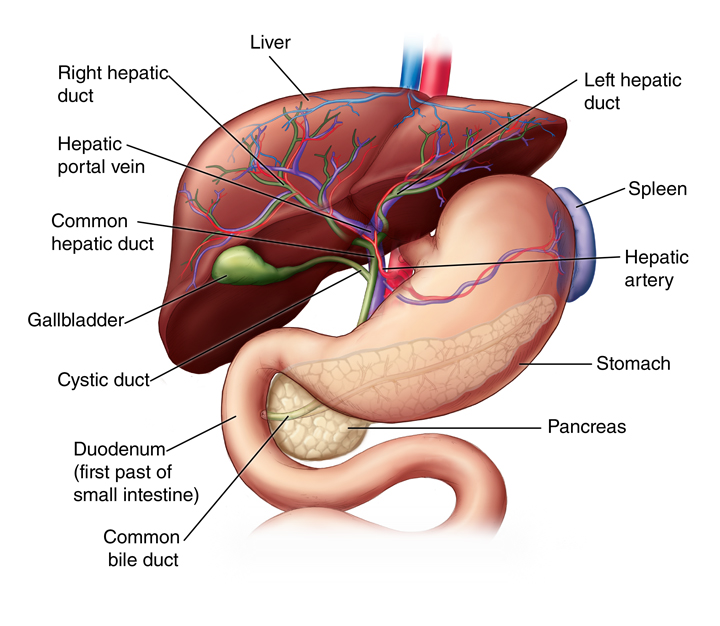
(PC: John's Hopkins)
Viral Hepatitis Exposed
The liver functions as the body's natural detoxification factory, breaking down nutrients from food, eliminating pollutants, and even making vital proteins. The liver's amazing talents are further highlighted by the fact that it can mend from slight harm thanks to its remarkable regenerative abilities. We may support this wonderful organ and protect our general health by taking good care of ourselves and taking preventative steps against hepatitis. Digestion, metabolism, immunity, and general health depend on a healthy liver.
Just like there's more than one strain of the common cold virus, viral hepatitis comes in several potent varieties:
Hepatitis A: This food/water-borne virus causes an acute, short-term bout of liver inflammation that typically resolves within a couple months.
Hepatitis B: The far more concerning type, as it leads to a chronic, life-long infection that can ravage the liver over time. Spread through infected bodily fluids, it allows for vaccination.
Hepatitis C: The silent killer. Often symptomless initially, this virus frequently leads to cirrhosis and permanent liver scarring when left unchecked. No vaccine yet, but antiviral drugs can help.
Hepatitis D: A rare and co-dependent strain that requires having hepatitis B first before it can latch on and worsen the liver inflammation.
Hepatitis E: Transmitted through contaminated water in regions with poor sanitation, this waterborne offender is typically an acute threat, but can potentially turn fatal for expectant mothers.
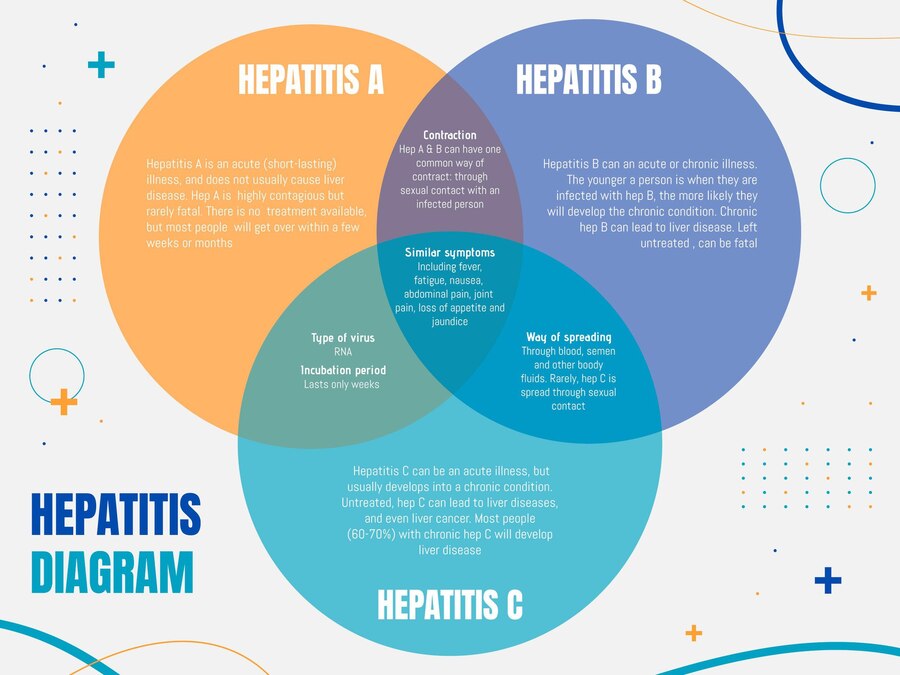
The Sobering Global Toll
The WHO's 2024 report reveals an outright sobering humanitarian crisis:
- Death Rates Climbing: Estimated annual deaths from viral hepatitis spiked from 1.1 million in 2019 to 1.3 million in just three years.
- The Dual Threat: Over 80% of these deaths were caused by hepatitis B, with hepatitis C responsible for the remaining fatalities.
_1712835305.png)
- A Preventable Tragedy: On average, an incredible 3,500 individuals worldwide lose their lives every single day to hepatitis B and C.
- Widespread Infections: Approximately 254 million and 50 million people around the globe suffered from hepatitis B and C infections, respectively, in 2022 alone.
- Risks Transcending Age and Gender: While hepatitis impacts all demographics, half of chronic cases strike ages 30-54, with 58% of total infections affecting men.
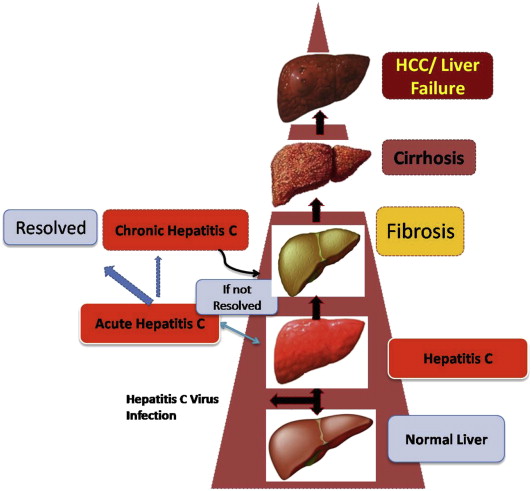
(PC: Research Gate)
Identifying the risks, spotting the signs
Failing to take preventative measures dramatically increases hepatitis risk, including limited clean water access, living with infected individuals, unprotected sex/promiscuity, intravenous drug use with shared needles, workplace blood/fluid exposure for healthcare staff, and compromised immunity.
Potential symptoms can manifest as fatigue, muscle/joint pain, fever, nausea, vomiting, abdominal discomfort, and jaundice - though many cases trigger no obvious signs initially.
Stopping Hepatitis in Its Tracks
- Preventing the spread of hepatitis demands a multipronged approach of vaccination (for strains A/B), practicing safe sex, proper sanitation and injection safety protocols. Clean syringe access programs also play a pivotal role in curbing hepatitis C transmission among IV drug users.
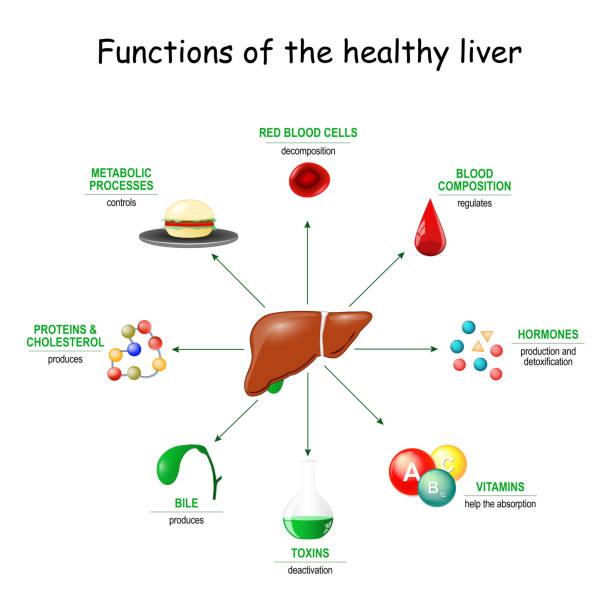
- Early diagnosis proves critical too, achieved through viral blood tests, liver ultrasounds and biopsies assessing organ damage.
- For acute hepatitis B cases, treatments like immediate immunoglobulin injections, vaccinations and rest/monitoring may suffice. But those with chronic hepatitis B or C require proactive antiviral medications suppressing the virus's ability to further impair liver function. In end-stage cases of total organ failure, liver transplantation becomes the only hope.
The Preventable Disease Crisis
While modern medicine has gifted us weapons against viral disease threats like hepatitis, an alarming global resurgence of preventable illnesses like chickenpox and measles reminds us our fight is far from over. Several interconnected factors are fueling this concerning upward trend:
Declining Vaccination Rates: Ironically, doubts and misinformation stemming from immunisation's immense success have led many to forego these life-saving prevention measures, eroding herd immunity. Pseudoscientific anti-vax movements spread unfounded fears about vaccine safety and efficacy, while some parents feel misleadingly reassured by high vaccination rates and underestimate the persisting disease risks.
Healthcare Accessibility Issues: Impoverished regions and conflict zones cruelly lack reliable vaccine access due to inadequate healthcare infrastructure, medical supply shortages, and socioeconomic barriers. Families struggle to afford vaccines, while fragile national immunisation programmes get disrupted by political instability, making disease outbreaks likelier.
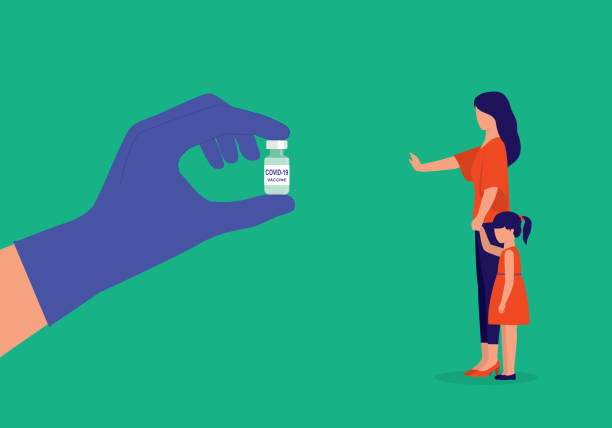
Global Mobility: Our hyper-connected modern world with increasing international travel and displaced populations allows diseases to hop continents rapidly via infected individuals reaching poorly-immunised population centres before symptoms arise.
Waning Immunity Concerns: While some vaccines, like those for measles, confer lifelong protection, others require periodic boosting as immune system resistance naturally dissipates over decades. Public complacency leads many adults to skip recommended booster shots.
Mutating Viral Strains: These invisible microscopic foes continuously evolve in efforts to evade our current vaccines and treatments through random mutation, necessitating ongoing medical research and development into new preventative measures.

Overcoming this multifaceted challenge demands education, universal healthcare access, responsible community behaviour, and a ceaseless commitment to pioneering next-generation prevention and treatment breakthroughs.
The Call to Action
Preventable viral diseases like hepatitis pose a grave global threat, demanding an immediate, collaborative response from all of humanity. Only by raising awareness and taking proactive steps can we turn the tide against these silent epidemics. Here's how you can help:
Get Vaccinated: Consult your doctor immediately about receiving vaccinations against hepatitis and other preventable viral illnesses per recommended schedules. This front-line defence saves millions of lives annually.
Spread Awareness: Share factual scientific information highlighting vaccination's vital importance for personal/community immunity with your friends, neighbours, and civic organisations. Compassionately counter misinformation.

Support Global Health Initiatives: Advocate for improved healthcare access and public education in underserved regions to ensure all populations can obtain life-saving immunisations. Diseases know no borders in our interlinked world.
Stay Informed: Remain up-to-date on the latest vaccine research, outbreak alerts, and public health advisories from trusted, authoritative health organisations to reinforce prevention best-practices.
Together, as a unified global community prioritising health for all, we can realise the World Health Organization's aspiration of eliminating preventable viral diseases as a public health crisis. It's a future worth fighting for—where our children can grow up in a world free from illnesses their ancestors avoided through scientific cooperation, personal responsibility, and collective perseverance. The path ahead has challenges, but our commitment to safeguarding human life must never waver. Let's embrace this calling and build a safer, healthier tomorrow through preventative vigilance.
ⒸCopyright 2024. All Rights Reserved Powered by Vygr Media.

